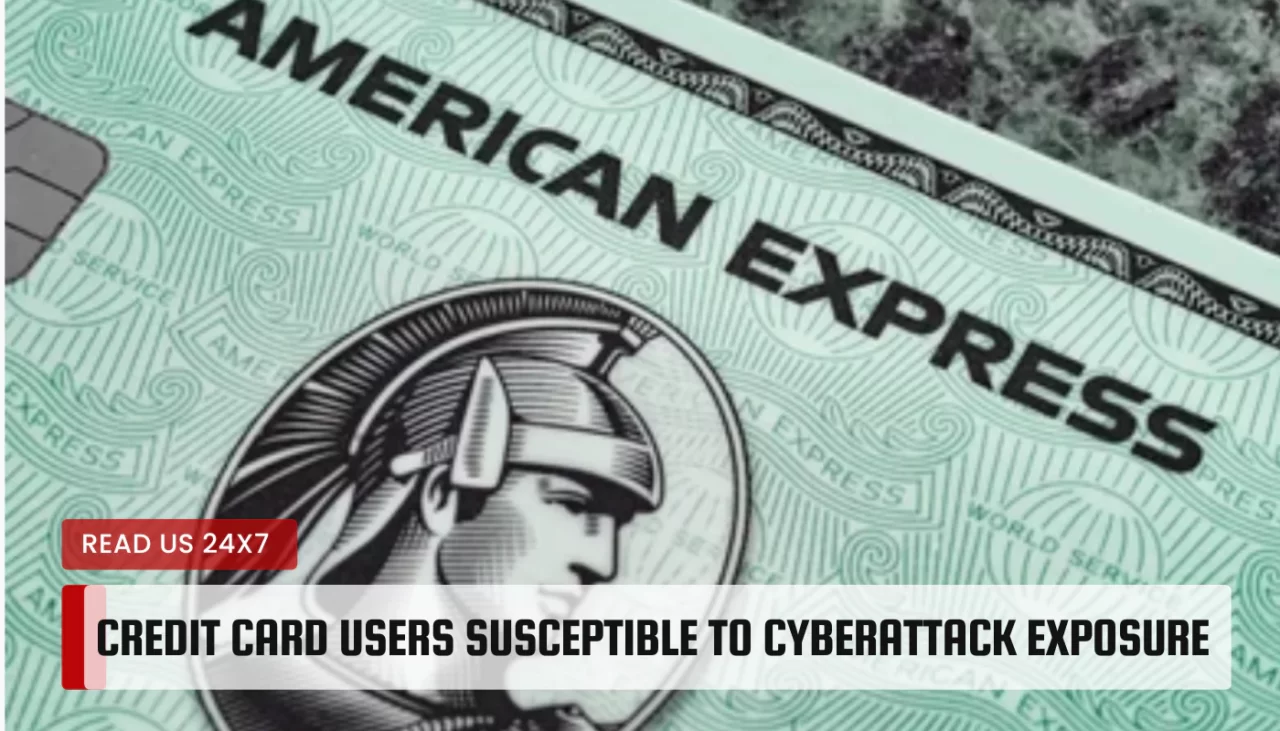Credit card users are at risk of having their personal and financial information exposed by cyberattacks. In recent months, several incidents have targeted credit card users and compromised their data. This article will discuss some of the recent cyberattacks, the tactics and tools used by the attackers, and the steps to protect credit card information.
Recent Cyberattacks Targeting Credit Card Users
- American Express data breach: In February 2024, American Express notified some of its customers that their credit card information may have been exposed in a data breach. The breach occurred between October and November 2023, and affected about 76,000 customers in the US. The exposed data included names, card numbers, expiration dates, and security codes.
- Ransomware attack on AMOS: In March 2024, a ransomware attack hit AMOS, a company that provides credit card processing services to several banks and merchants. The attack encrypted the company’s data and demanded a ransom of $50 million in bitcoin to restore it. The attack affected about 40 million credit card transactions and potentially exposed the cardholders’ data.
- Threats to Windows and macOS systems: In April 2024, security researchers discovered two new threats that could affect credit card users who use Windows or macOS devices. The first threat is a malware campaign that uses malicious PyPI packages to steal credit card information from Python developers. The second threat is a zero-day vulnerability in the LSASS process memory that could allow attackers to access credit card information stored in web browsers .
Tactics and Tools Used by Attackers
- Use of malicious PyPI packages: PyPI is the official repository for Python packages, which are collections of code that can be used by developers to create applications. However, some attackers have created fake PyPI packages that contain malicious code that can steal credit card information from the developers’ machines. The attackers use names that are similar to popular packages, such as “pillow”, “numpy”, and “pandas”, to trick the developers into installing them.
- Abuse of LSASS process memory: LSASS is a process that runs on Windows and macOS systems and handles user authentication and security policies. However, a zero-day vulnerability in the LSASS process memory could allow attackers to access the memory and read the data stored in it. This data could include credit card information that the users have entered or saved in web browsers, such as Chrome, Firefox, and Safari.
- Exploitation of software vulnerabilities: Software vulnerabilities are flaws or weaknesses in the code or design of software that could allow attackers to compromise the system or the data. Some of the recent cyberattacks have exploited software vulnerabilities to access or encrypt credit card information. For example, the ransomware attack on AMOS exploited a vulnerability in the Microsoft Exchange Server, which is a software that enables email communication. The American Express data breach exploited a vulnerability in the Accellion File Transfer Appliance, which is a software that enables secure file sharing.
Steps to Protect Credit Card Information
Credit card users can take some steps to protect their credit card information from cyberattacks. Some of these steps are:
- Regularly monitor credit card statements: Credit card users should check their credit card statements regularly and report any suspicious or unauthorized charges to their card issuers. This can help them detect and prevent fraud and identity theft.
- Use antivirus software and update systems: Credit card users should use antivirus software and update their systems regularly to protect their devices from malware and other threats. They should also avoid downloading or opening files or links from unknown or untrusted sources.
- Be cautious of suspicious emails and links: Credit card users should be cautious of emails or links that claim to be from their card issuers or other entities and ask for their credit card information or personal details. They should not click on such links or provide such information, as they could be phishing attempts to steal their data.
Conclusion
Credit card users are susceptible to cyberattack exposure that could compromise their personal and financial information. Several recent cyberattacks have targeted credit card users and used various tactics and tools to access or encrypt their data. Credit card users can protect their credit card information by following some steps, such as monitoring their statements, using antivirus software, and being cautious of suspicious emails and links.



